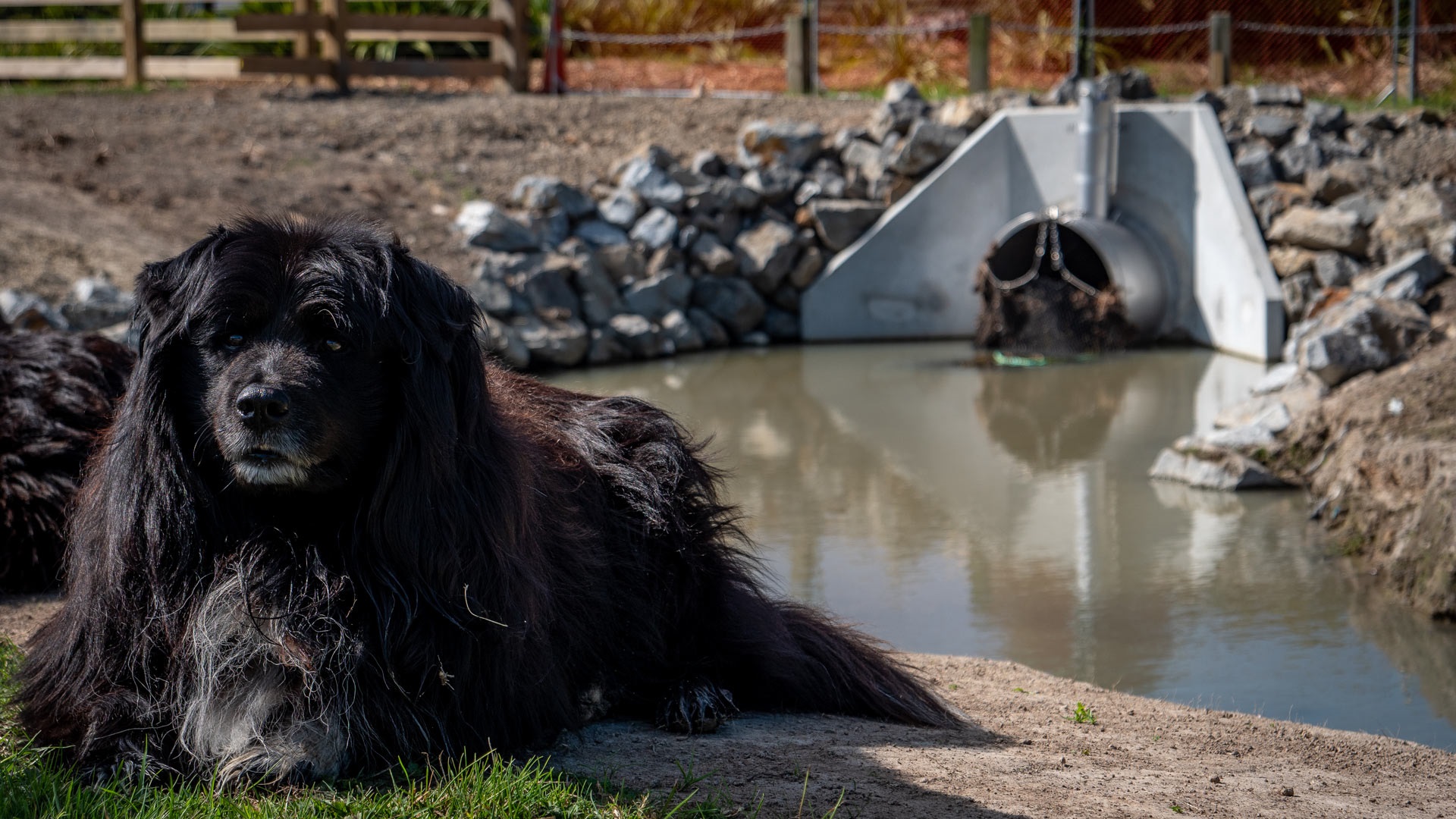Stormwater runs through a network of pipes before being discharged into nearby streams or rivers.
We have consent from Horizons Regional Council to do this because, unlike wastewater, stormwater does not need to be treated prior to being discharged as it is not contaminated by chemicals or waste.
Household products kill fish
You might not be aware, but hazardous household products enter our stormwater network when they are poured into your outside drains.
Disposed oils, detergents, paint, solvents, pesticides and other common household products contain chemicals that are toxic to fish. Even small discharges poison our waterways.
Do not pour anything into a stormwater drain that could be toxic to wildlife. This includes:
- Paints and solvents
- Pesticides
- Motor oil
- Diesel
- Petrol
- Washing detergent
- Degreasers
- Disinfectants
- Drain and toilet cleaners
- Dry cleaning agents
- Household cleaners
How you can look after our stormwater system
We’re likely to continue experiencing severe weather events, so we need your help to reduce the chance of flooding.
You can help by:
- Picking up rubbish and leaves
- Clearing your drains of other material
- Never dumping garden waste near water
Here’s 10 things you can do to prevent polluting stormwater runoff:
- Never tip paint or chemicals out near a drain
- Direct downspouts away from paved surfaces
- Vegetate bare spots in your yard
- Compost your yard waste
- Picking up your animal poo
- Use least toxic pesticides, follow labels and learn how to prevent pest problems
- Consider starting a rain garden
- Wash your car on the grass using environmentally-friendly products
- Take your car to a car wash instead of washing it in your driveway
- Check your car for leaks and recycle your motor oil

Here is one of our stormwater culverts at Linklater Park in Kelvin Grove.